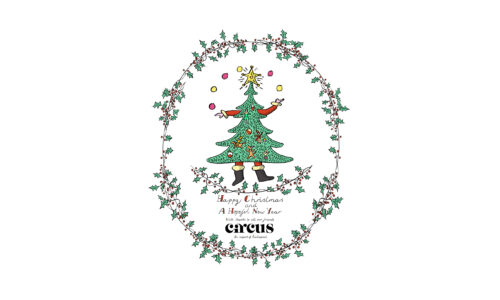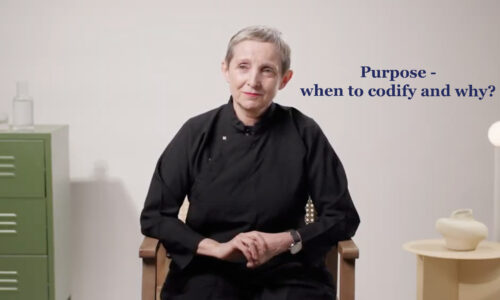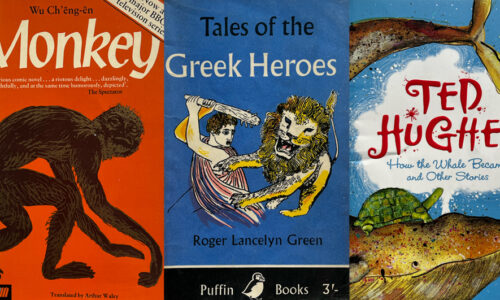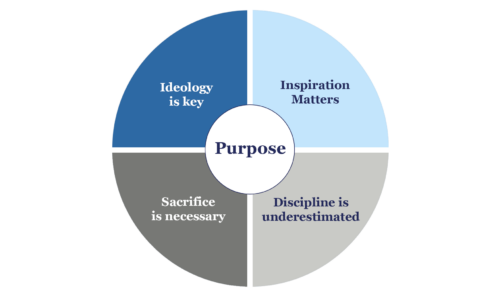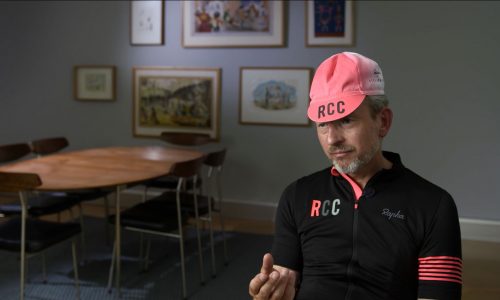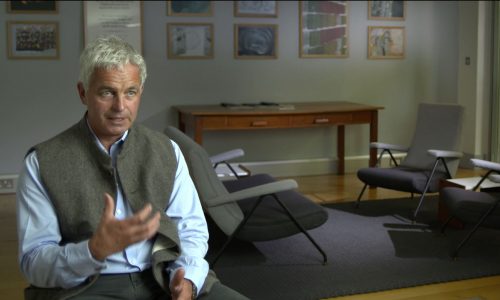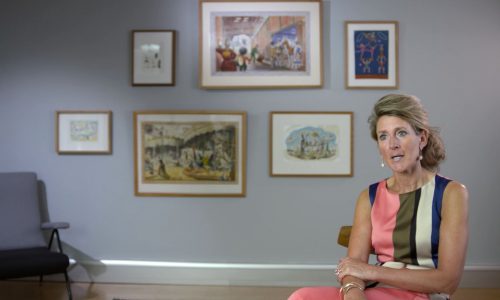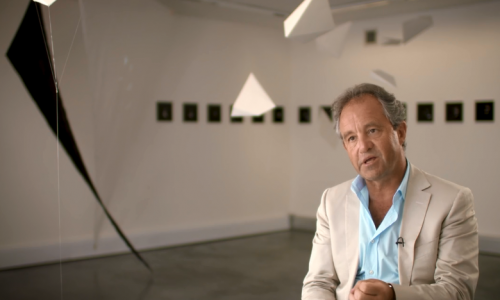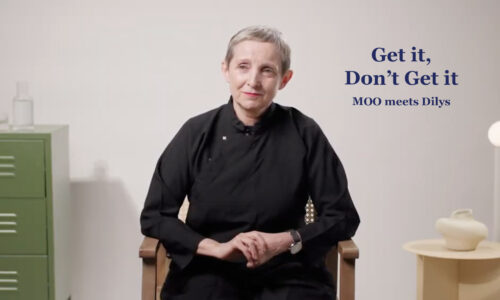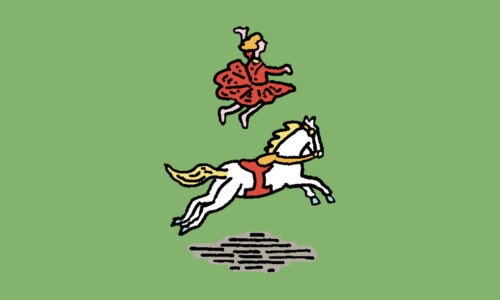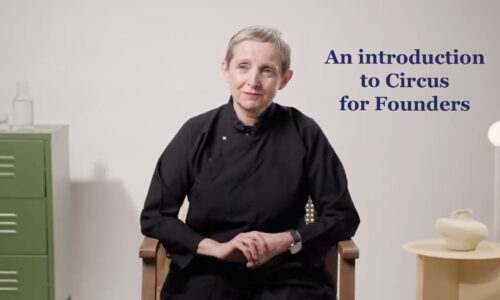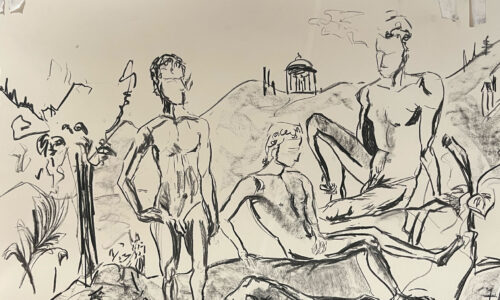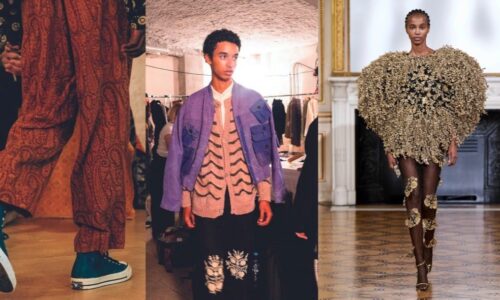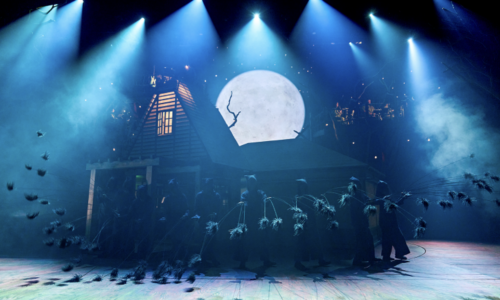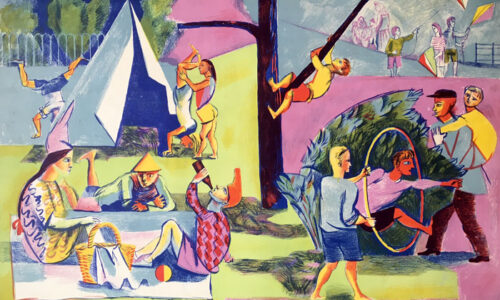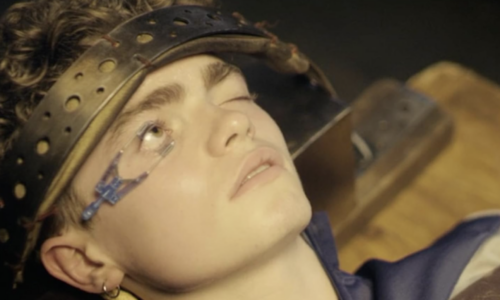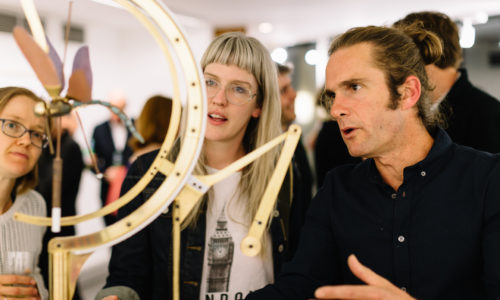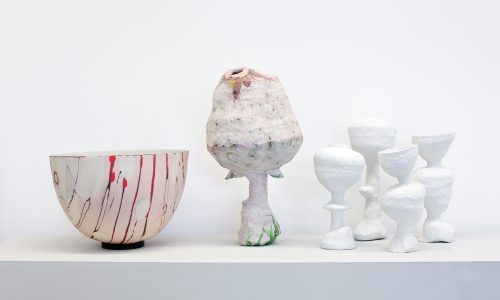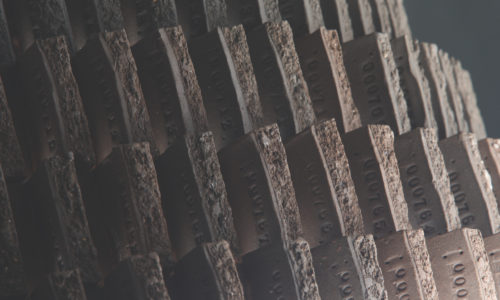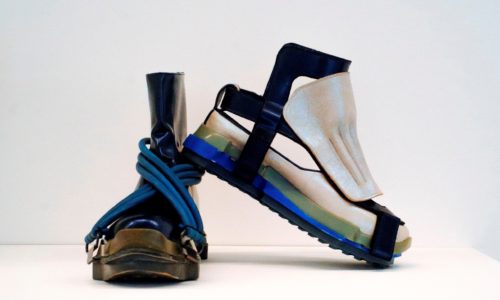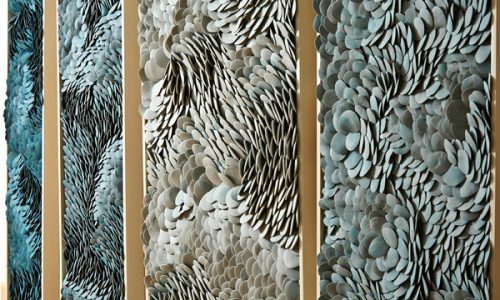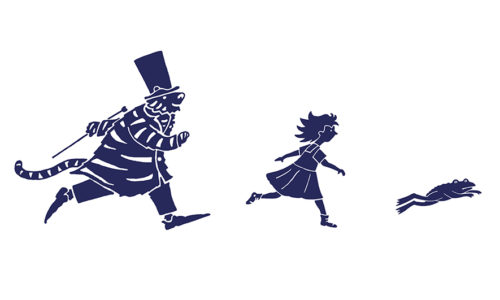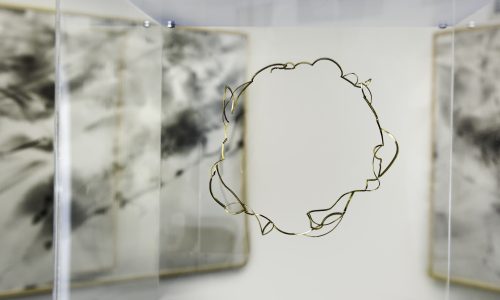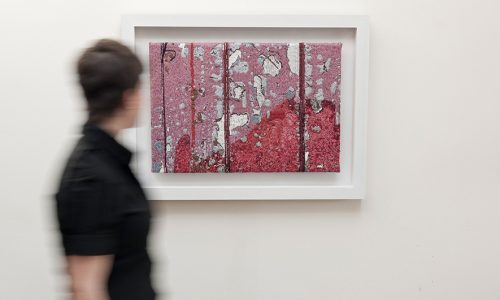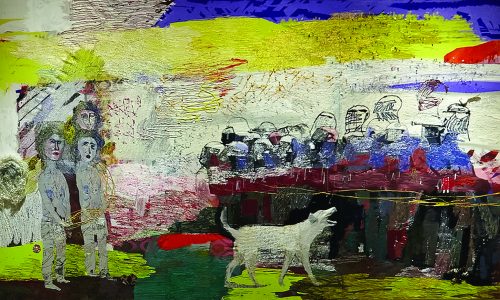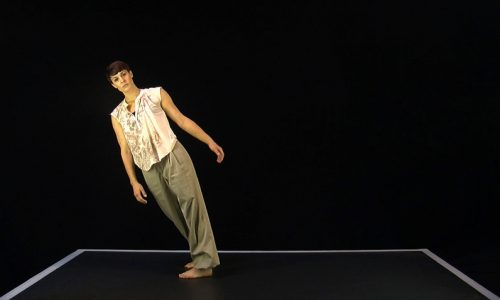Threads Across Millenia
With my obsession for fashion, I have enjoyed recent articles in the Financial Times and the The New York Times on Indian designers on global runways. The commentary felt celebratory, even triumphant. I spotted Anya Taylor-Joy in Rahul Mishra and Cardi B in Gaurav Gupta, both commanding attention on world stages. I was jealous of my Circus colleague invited by a client to the the high-profile Tarun Tahiliani’s Annual Parade at ART MUMBAI 2024. Inspired by regional dance forms, the show was collective, optimistic and enthusiastic. Fashion as performance – intricate, dramatic, exquisitely beautiful. But I have also followed the Prada furore with interest – its sandal showcased in Milan was indistinguishable from the Kolhapuri chappal, forcing Prada to apologise and promise dialogue with Indian artisans.

ART MUMBAI 2024. Design: Tarun Tahiliani
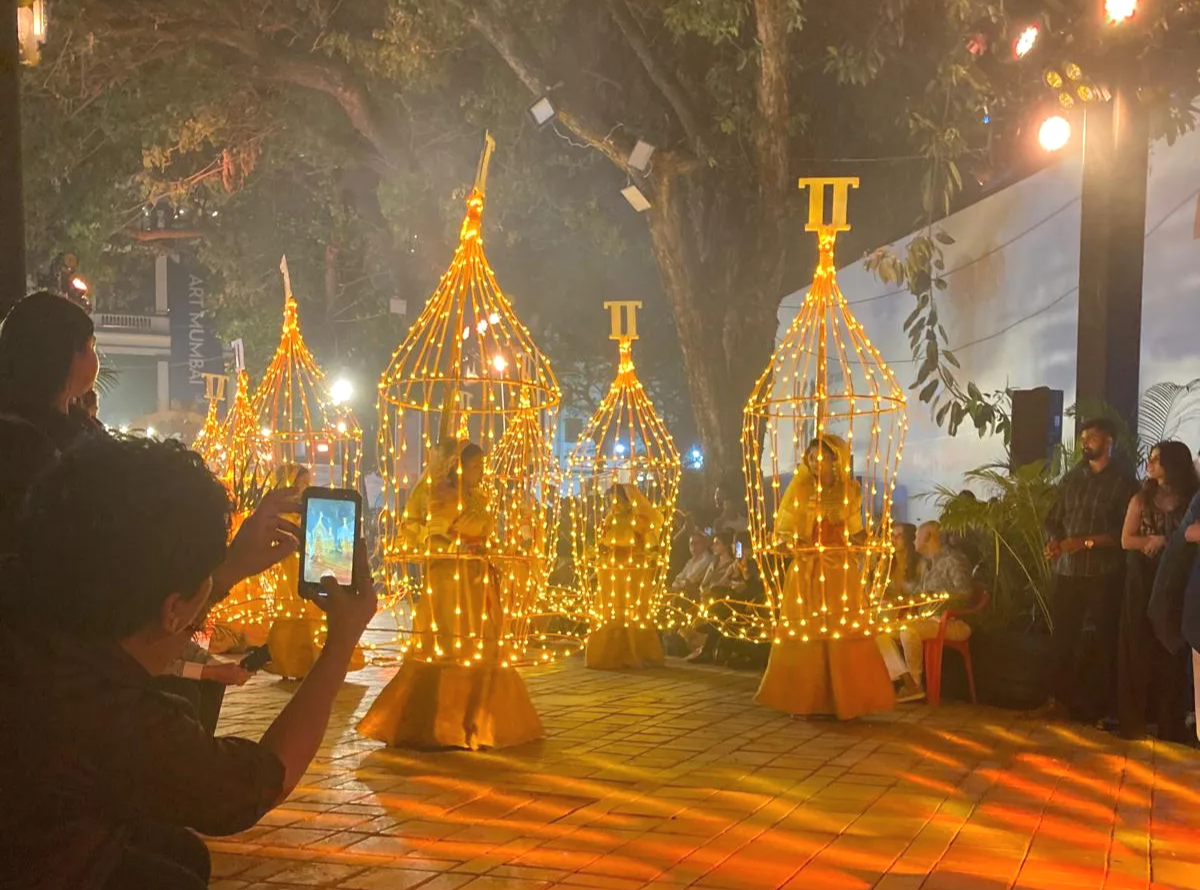
ART MUMBAI 2024. Design: Tarun Tahiliani
Curiosity took me to the The British Museum’s Ancient India: Living Traditions exhibition. Walking through the galleries, what struck me was a sense of currency. Sculptures of deities, pigments still glowing on statues of Ganesha, stupas echoing across Asia: these weren’t static artefacts. They had moved, been worshipped, been reinterpreted. Creativity was not confined to geography or time – it was in motion. Earlier in the year, we visited The Great Mughals exhibition at the Victoria and Albert Museum and reflected on the enormous influence of Indian craftsmanship on global aesthetics centuries ago. Both major exhibitions teach us that heritage rarely sits still: it travels, transforms, and makes new meaning as it moves.
That continuity is visible in fashion today. Rahul Mishra places sari weaves on Paris couture runways, his gowns carrying the imagination and labour of Indian artisans. Gaurav Gupta‘s sculptural silhouettes ripple across Festival de Cannes and the Met Gala, futuristic and yet unmistakably grounded in Indian textile traditions. Sabyasachi Mukherjee’s flagship in New York positions Indian maximalism at the heart of Western luxury. Kartik Kumra, through his label Kartik Research, reconstructs vintage kantha quilts into jackets and reshapes khadi into sharp tailoring. Centuries-old craft, reimagined for a new generation of global consumers.
And yet, visibility remains uneven. Reading around the subject, while global media praises designers, artisans remain uncredited. Circus alumni Aditi Singh shared her LinkedIn article informed by her RCA dissertation, which led me to learn more. The handloom industry, once vast, is under immense strain from power looms and fast fashion. Studios like CHAMAR in Dharavi confront this directly. Led by a Dalit entrepreneur, Chamar uses recycled rubber to bypass caste and religious taboos around leather. Their bags and accessories aren’t just beautiful; they are acts of resistance, proof that materials themselves can carry stigma, politics, and reinvention.
I learnt of others who preserve through revival. Ashdeen Lilaowala has reimagined fragile Parsi gara embroidery, giving it contemporary presence without losing authenticity. As he explains: “The aesthetic, rather than the technique, is how we keep it authentic. We experiment every season with fabrics, silhouettes, and colours.” Continuity here doesn’t mean nostalgia. It means adaptation. Even delicate traditions find ways to move forward.
The British Museum calls its objects living traditions. The same phrase applies to fashion. Tradition isn’t a static inheritance. It is ambitious, sometimes political, often contested. It is an act of renewal, not revival. I’d really recommend popping into the British Museum to admire and learn. The exhibition closes mid October.
Written by Aldo Maland
September 2025


